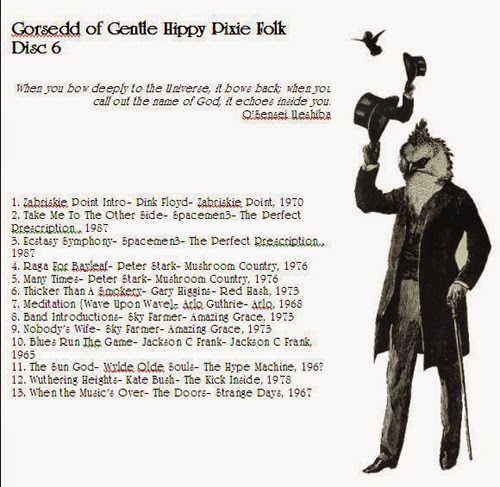Karhi, according to curry doyenne Madhur Jaffrey, is “one of
the glories of India ”.
It is really a soupy sauce made with chickpea or gram flour (called Besan in Hindi and
Urdu) and yoghurt. If the yoghurt is old and sour she says, so much the better.
Sometimes karhi has dumplings (pakoras or vegetable fritters) in it (as in the Delhi-
style karhi), sometimes it has vegetables in it (as in the karhi from Western
India ) and here, in this desert dish from Rajasthan, it has been
transformed into a wonderfully unctuous sauce for meat. It is enjoyed with plain rice but
you could also serve it with Indian flatbreads.
Traditionally, it is sweeter than the other variants,
because sugar or jaggery is added to it, but it can be made without
sugar for a more sour taste. This recipe does not use sugar but is not too sour
in its overall taste. If it is eaten without pakoras its consistency is
slightly thinner. The Gujarati kadhi is made preferably from buttermilk as it
gives a more smooth texture compared to yogurt. Variations on this basic dish
includes the addition of certain vegetables, notably bhindi (okra) in
which case it is known as bhinda ni kadhi. Lamb may be used & slow
cooked (Karhi Gosht) in place of chicken. The spices are the same in this
recipe.
This recipe makes use of black & fragrant kalonji
(nigella) or onion seeds. I find this ingredient above all others is an
excellent gentle tonic for the lungs, and whenever I have a cough, the
beginnings of a cold, or a tight chest, this dish works wonders in clearing
phlegm & rebalancing the respiratory membranes. The ginger helps too. The overall temperature of the dish is warm so its ideal for winter evenings.
2 tablespoons chickpea flour
250 ml/8 fl oz natural yoghurt. the sourer the better
|
Put the chickpea flour in a bowl. Slowly add 450 ml/15 fl
oz water, mixing as you go. Whisk in the yoghurt with gusto!
|
Whole Spices:
1 teaspoon whole cumin seeds
1 teaspoon whole kalonji (nigella)
1 teaspoon whole fenugreek seeds
1 teaspoon whole fennel seeds
1 teaspoon whole brown mustard seeds
|
Combine the cumin seeds, /kolonji, fenugreek and Fennel in
a small dish.
|
4 tablespoons corn, peanut or olive oil
OR 4 Tbsp Ghee
140g/ 5 oz onions, peeled and finely chopped
4 cloves garlic, peeled and crushed to a pulp
|
Pour the oil into a wide, preferably non-stick, lidded pan
and set it over a medium- high heat. When hot, add the mustard seeds. As soon
as they pop, which will be within a matter of seconds, add the cumin seeds,
kalonji, fenugreek and fennel seeds. A second later, add the onions, and
cook, stirring, for 4-5 minutes, until they turn brown at the edges. Then add
the garlic and stir for a minute.
|
Powdered herbs:
1 teaspoon ground cumin
½ teaspoon ground ginger
1 teaspoon ground turmeric
1 teaspoon cayenne pepper
1- 1.5 teaspoons
salt
|
Assemble the powdered herbs & salt in a small bowl or
dish.
|
1 Whole chicken, washed, cut & diced
OR… (for Karhi Gosht):
675 g/ 1.5 lb boneless lamb,
cut into 2cm/1-inch cubes
|
Put in the meat, ground cumin, turmeric, ginger, cayenne
and salt, and stir for a minute. Cover, reduce the heat to medium-low, and
cook for 10 minutes, lifting the lid now and then to stir. Stir the yoghurt
mixture and add it to the meat. Stir and bring to the boil, then cover,
reduce the heat to low, and cook For about 1 hour.
|
Guest vegetable
(e.g. okra, courgette, or as pictured red/ sweet pepper)
|
Adding a vegetable is optional. I have added red (sweet)
pepper here to provide some natural sweetness rather than jaggery or sugar.
Put it in shortly after the meat had bedded in, is stirred & is simmering
away.
|
a handful of fresh curry leaves, if available
4-5 fresh, hot green chillies, either bird‘s eye or the
cayenne variety
|
Crush the curry leaves lightly with your fingers and throw
them into the pot. throw in the whole chillies as well. Cover and simmer
gently for another 5 minutes or until the meat is tender.
|
Serves 4-6
North Utsire





























%201.jpeg)
%202.jpeg)
%203.jpeg)
%205.jpeg)
%204.jpeg)





















